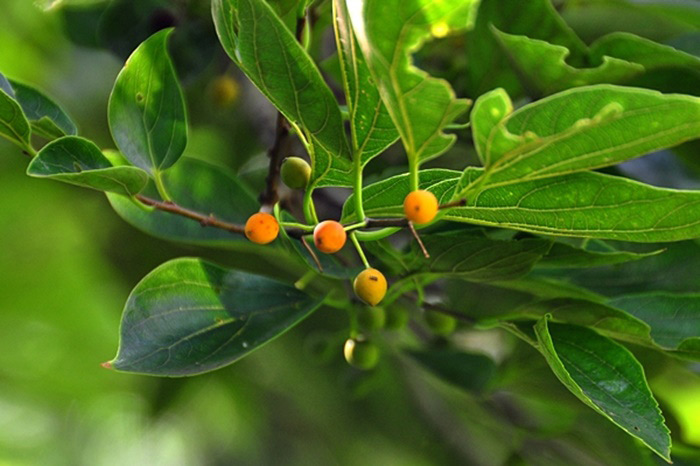Celtis sinensis
The Chinese hackberry is a native tree species deeply intertwined with Taiwan’s landscape and cultural heritage. Renowned for its adaptability and ease of cultivation, it thrives across much of the island and has long been a familiar presence in local communities. The significance of this tree is reflected in many place names derived from it-most notably Puzih Township in Chiayi County-illustrating its importance in early Taiwanese settlement history.
This deciduous tree features a sturdy trunk, spreading canopy, and dense foliage that provide ample shade. In earlier times, it served as a gathering and resting place for travelers and villagers. Highly resilient and tolerant of drought, wind, and poor soils, the Chinese hackberry symbolizes endurance in Taiwan’s lowland environments. For many, its small green fruits are also tied to fond childhood memories. In the past, children would fashion simple bamboo guns, using the tree’s unripe, hard fruits as “bullets,” creating a playful and inventive pastime.
Beyond its cultural associations, the Chinese hackberry holds ecological and economic value. Its durable wood is used to make tools, while its mature fruits attract birds, serving as an important food source for many species. The tree also supports butterfly larvae, forming part of the intricate ecological web that sustains Taiwan’s biodiversity.
The Chinese hackberry is widely distributed throughout East and Southeast Asia, including China, Taiwan, Japan, South Korea, and Vietnam. In Taiwan, it grows mainly in lowlands and foothills, favoring sunny, well-drained locations. Because of its shade-providing canopy and strong wind resistance, it plays an important role in soil and water conservation and is commonly planted along coastlines and near settlements as a windbreak species.
At the National Museum of Natural Science, Chinese hackberries are cultivated along the lawns in the Southern Lowland Area of the Botanical Garden. Their broad crowns offer pleasant shade for visitors, continuing the species’ long tradition of providing comfort, protection, and connection between people and nature.

